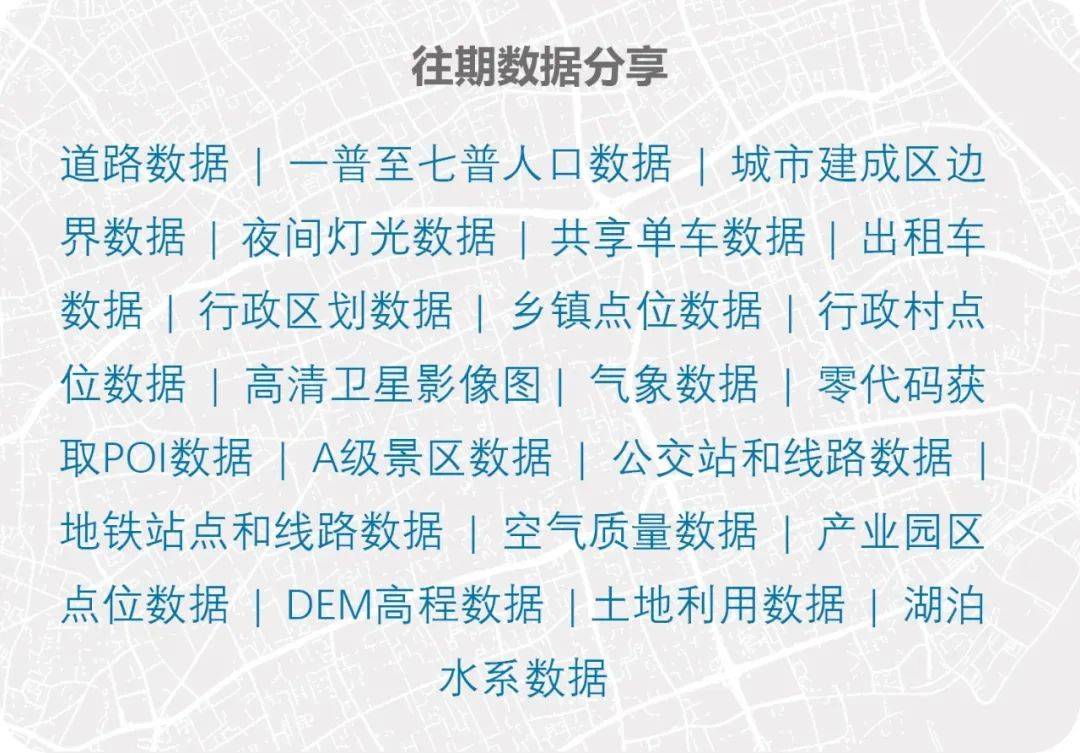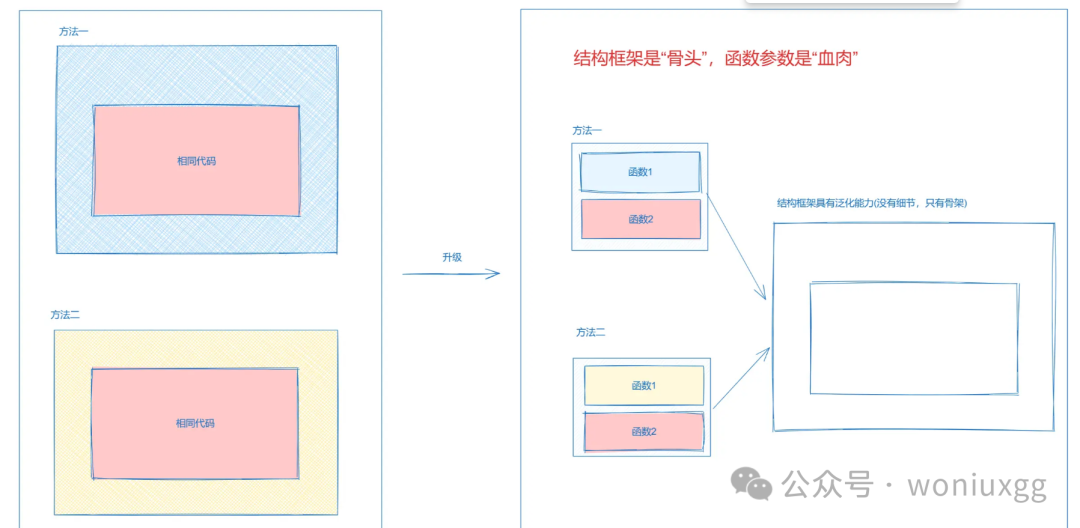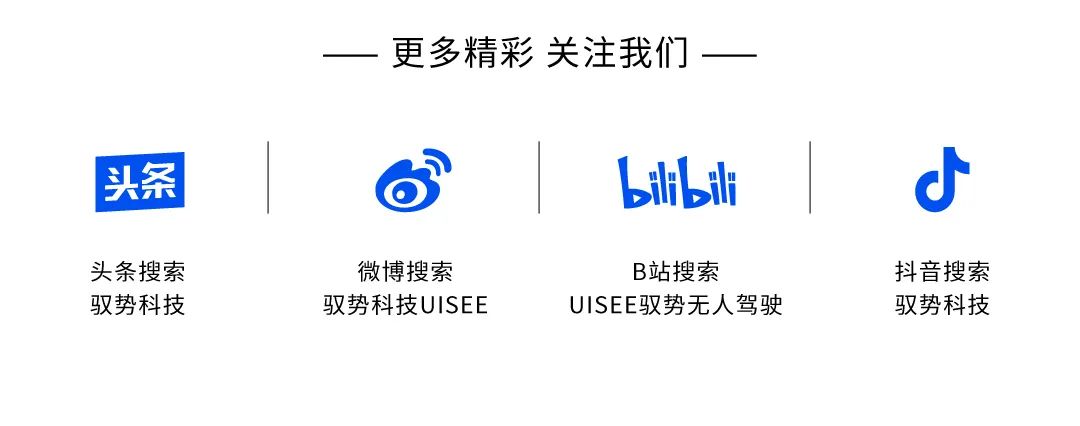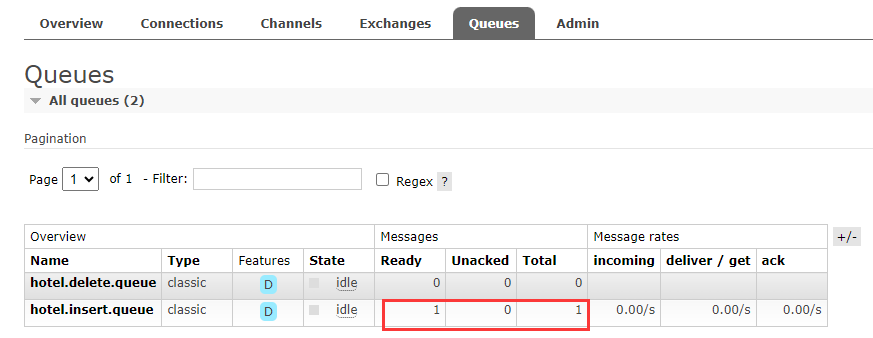1.栈的封装
代码
#include <iostream>
using namespace std;
typedef int datatype;
class Stack
{
private:
datatype *data;
int max_size; //栈的大小
int the_top; //栈顶
public:
Stack()
{
data= new int[50];
max_size = 50;
the_top = -1;
}
Stack(int a)
{
data= new int[a];
max_size = a;
the_top = -1;
}
~Stack()
{
delete[] data;
}
//访问栈顶元素
datatype &top()
{
return *(data+the_top);
}
//判空
bool empty()
{
return the_top==-1;
}
//求栈的大小
int size()
{
return the_top+1;
}
//插入元素
void push(datatype e)
{
if(the_top==max_size-1)
{
cout<<"栈满,入栈失败"<<endl;
}else
{
data[++the_top]=e;
}
}
//删除元素
void pop()
{
if(the_top==-1)
{
cout<<"删除失败"<<endl;
}else
{
the_top--;
}
}
//赋值运算符
Stack &operator=(const Stack& other)
{
//自赋值检查
if(this==&other)
{
return *this;
}
//释放旧数据
delete [] data;
data = nullptr;
the_top = -1;
//分配新数据
max_size = other.max_size;
data = new datatype[max_size];
//复制数据
the_top = other.the_top;
for (int i = 0; i <= the_top; ++i)
{
data[i] = other.data[i];
}
// 返回当前对象的引用
return *this;
}
void show()const
{
if(the_top==-1)
{
cout << "栈为空" << endl;
return;
}else
{
cout << "栈内容(从栈底到栈顶): ";
for (int i = the_top; i >= 0; --i)
{
cout << data[i] << " ";
}
cout << endl;
}
}
};
int main()
{
//插入演示
Stack s1(10);
s1.push(1);
s1.push(2);
s1.push(3);
s1.show();
cout<<"******************"<<endl;
//访问栈顶元素演示
cout<<s1.top()<<endl;
cout<<"******************"<<endl;
//求栈的大小演示
cout<<s1.size()<<endl;
cout<<"******************"<<endl;
//删除演示
s1.pop();
s1.show()
; cout<<"******************"<<endl;
//赋值=演示
Stack s2(5);
s2=s1;
s2.show();
cout<<"******************"<<endl;
return 0;
}
运行结果:
2.队列的封装
代码:
#include <iostream>
using namespace std;
typedef int datatype; // 队列中存储的数据类型
class Queue
{
private:
datatype* data;
int front; // 队首元素的索引
int rear; // 队尾元素的下一个位置的索引
int max_size; // 队列的最大容量
int c_size; // 队列当前的大小
public:
//有参构造
Queue(int n):front(0),rear(0),max_size(n),c_size(0)
{
data = new datatype[max_size];
}
//析构函数
~Queue()
{
delete [] data;
}
//访问第一个元素 my_front
datatype my_front()
{
if(empty())
{
cout<<"队列为空"<<endl;
return 0;
}else
{
return data[front];
}
}
//访问最后一个元素 back
datatype back()
{
if(empty())
{
cout<<"队列为空"<<endl;
return 0;
}else
{
return data[(rear - 1 + max_size) % max_size]; // 循环队列处理
}
}
//判空 empty
bool empty()
{
return c_size==0;
}
//返回容纳的元素数 size
int size()const
{
return c_size;
}
//队尾插入元素 push
void push(datatype e)
{
if(c_size == max_size) //判满
{
cout<<"队列已满"<<endl;
}else
{
data[rear] = e;
rear = (rear + 1) % max_size; // 循环队列处理
++c_size;
}
}
//删除首个元素 pop
void pop()
{
if(empty())
{
cout<<"队列为空"<<endl;
}else
{
front = (front + 1) % max_size; // 循环队列处理
--c_size;
}
}
//赋值 operator=
Queue& operator=(const Queue& other)
{
if (this != &other)
{
delete[] data; // 删除旧数据
max_size = other.max_size;
data = new datatype[max_size];
// 复制数据
c_size = other.c_size;
front = other.front;
rear = other.rear;
for (int i = 0; i < c_size; ++i)
{
data[(front + i) % max_size] = other.data[(other.front + i) % other.max_size];
}
}
return *this;
}
//展示函数
void show()const
{
if(c_size==0)
{
cout<<"队列为空"<<endl;
return;
}else
{
cout << "队列内容: ";
for (int i = 0; i < c_size; i++)
{
cout<<data[(front +i)% max_size]<<" ";
}
cout << endl;
}
}
};
int main()
{
Queue q1(5);
//插入演示
q1.push(1);
q1.push(2);
q1.push(3);
q1.show();
cout<<"******************"<<endl;
//访问第一个元素
cout<<q1.my_front()<<endl;
cout<<"******************"<<endl;
//访问最后一个元素
cout<<q1.back()<<endl;
cout<<"******************"<<endl;
//返回size大小演示
cout<<q1.size()<<endl;
cout<<"******************"<<endl;
//删除演示
q1.pop();
q1.show();
cout<<"******************"<<endl;
//赋值=演示
Queue q2(6);
q2=q1;
q2.show();
cout<<"******************"<<endl;
return 0;
}
运行结果:





















